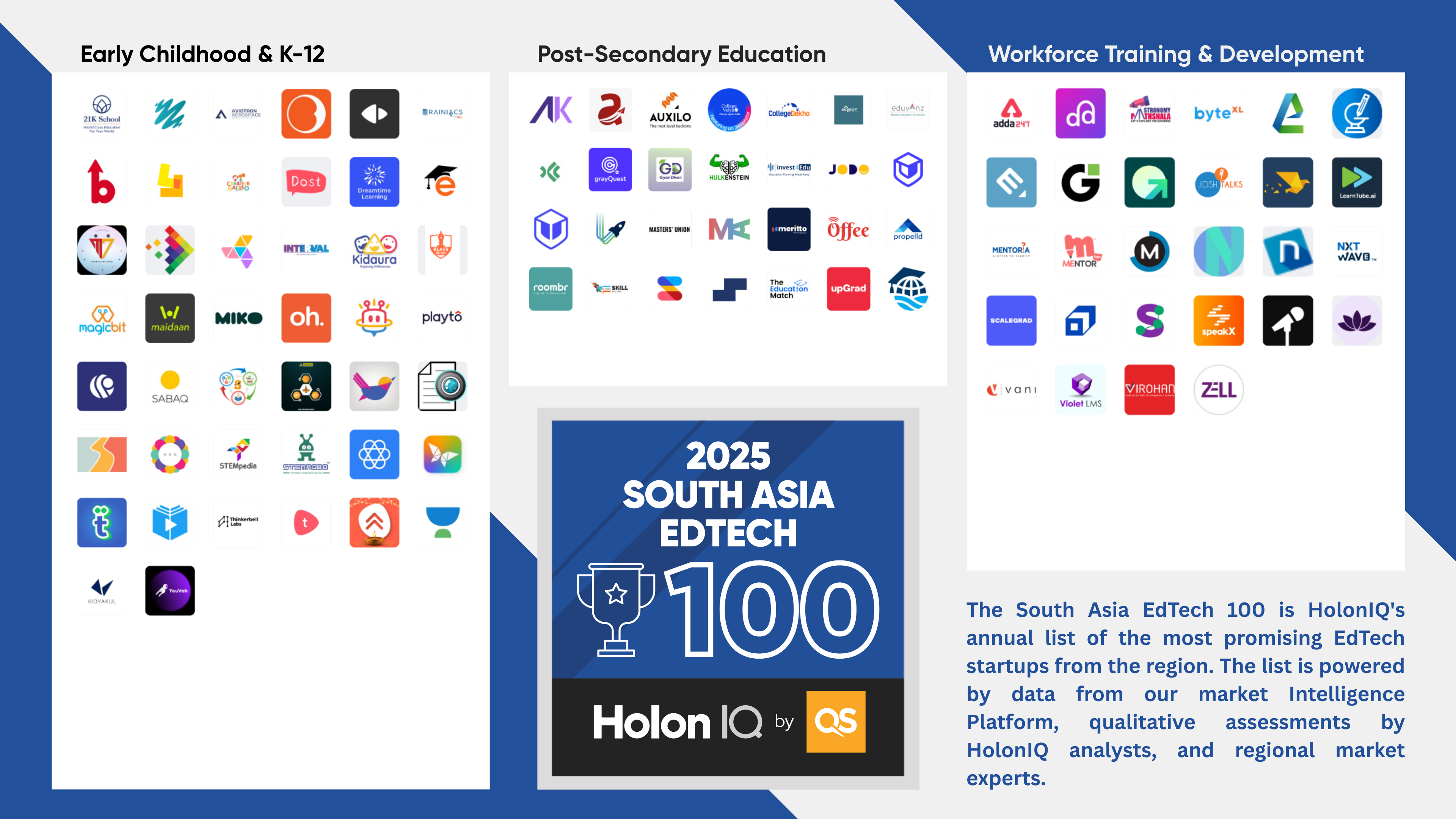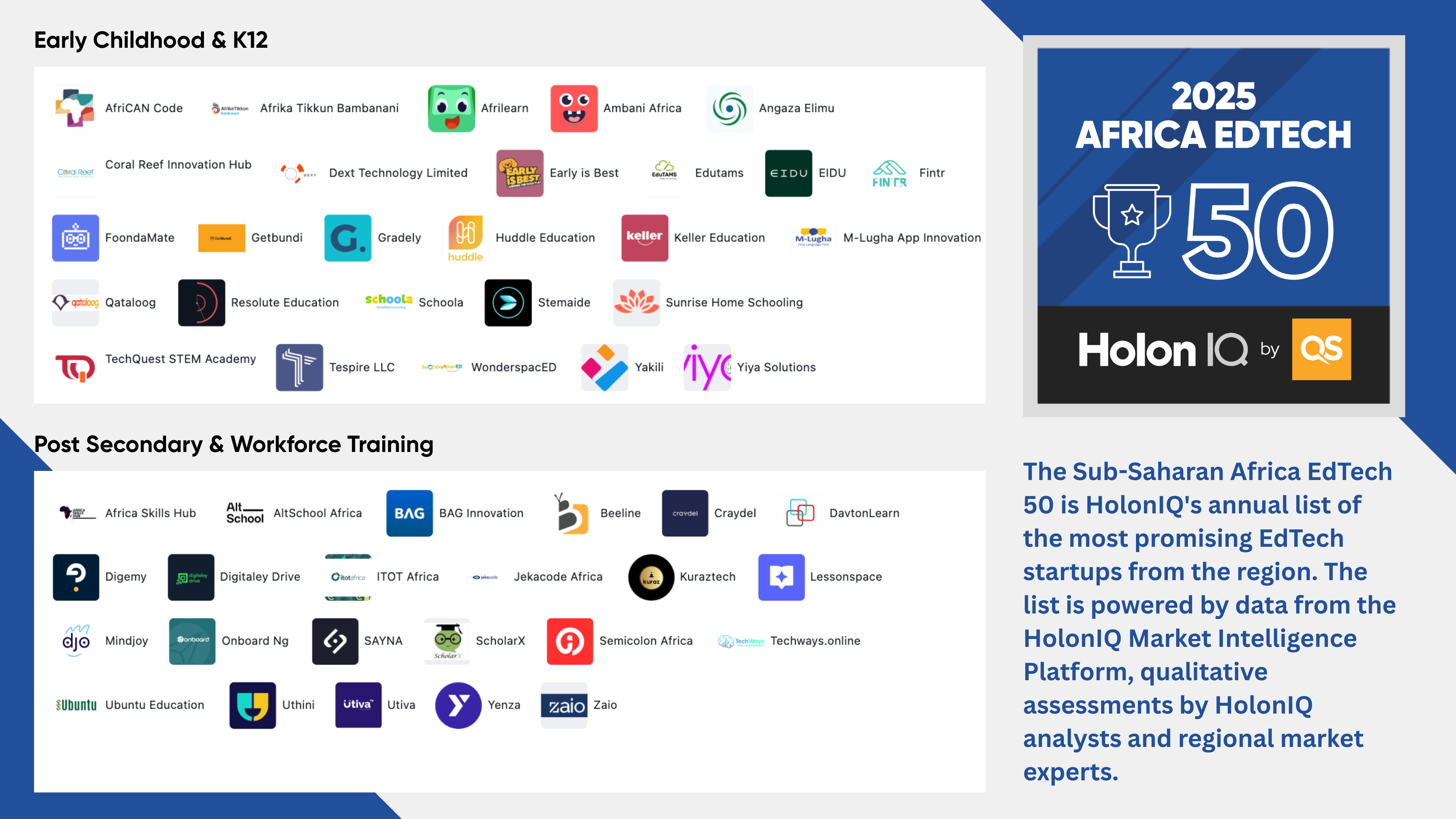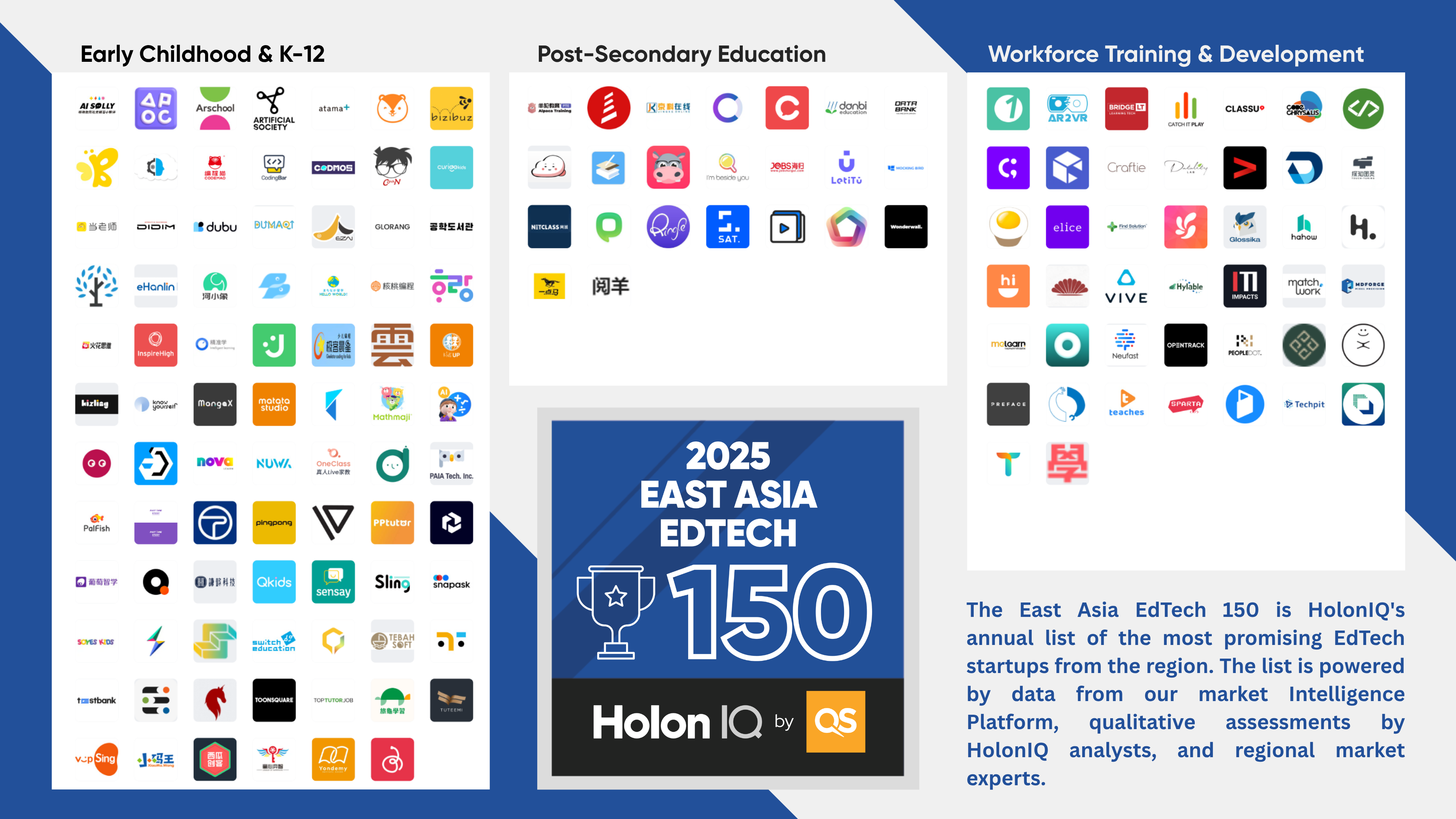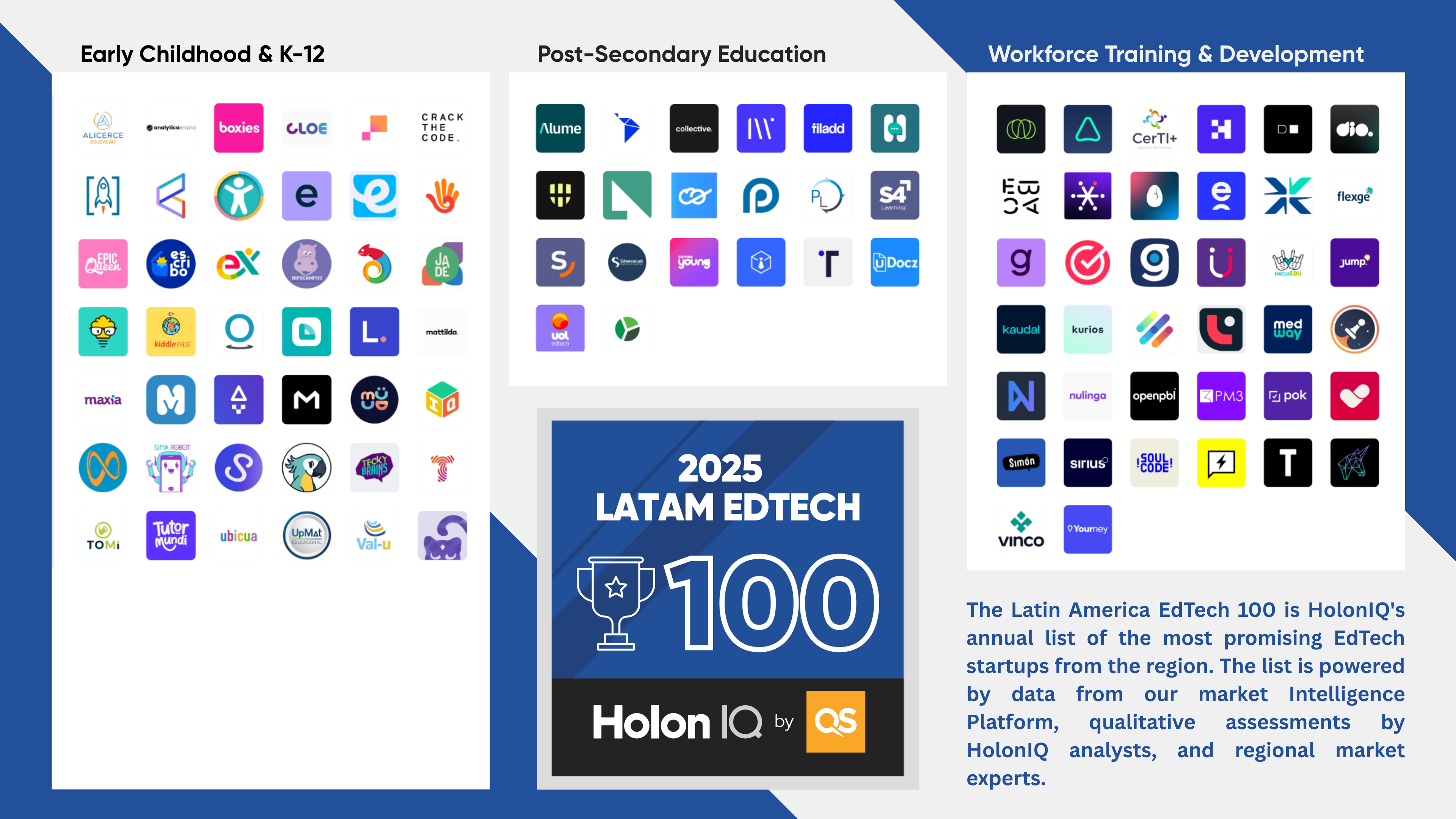MENA EdTech. Accelerating innovation across the Middle East and North Africa.
The Middle East and North Africa (MENA) is home to nearly 600 million people spanning three continents. The ethnic, cultural, linguistic and religious make-up of the region is highly diverse, but together the region has an enormous opportunity to accelerate innovation and close the gap in learning and upskilling.
MENA boasts over 100 million school students, the future of the region. If we commit to innovating education, this generation of learners has the potential to transform MENA, breaking longstanding cycles of poverty and inequality.
This week, HolonIQ joined the World Bank at the Education 4.0 initiative to deep dive the MENA education technology and innovation ecosystem and critically assess the learning outcomes and impact public and private initiatives were having on transforming education in the region. This research note shares some high-level analysis from our Intelligence Platform, very briefly profiles the region’s challenges alongside 700+ optimistic EdTech teams who have embarked on a mission to improve MENA education through various technology-led and enabled solutions.
We follow our Open-Source Global Learning Landscape Taxonomy to map the MENA learning and talent innovation landscape. Follow the sector breakouts through this note.













.png)







